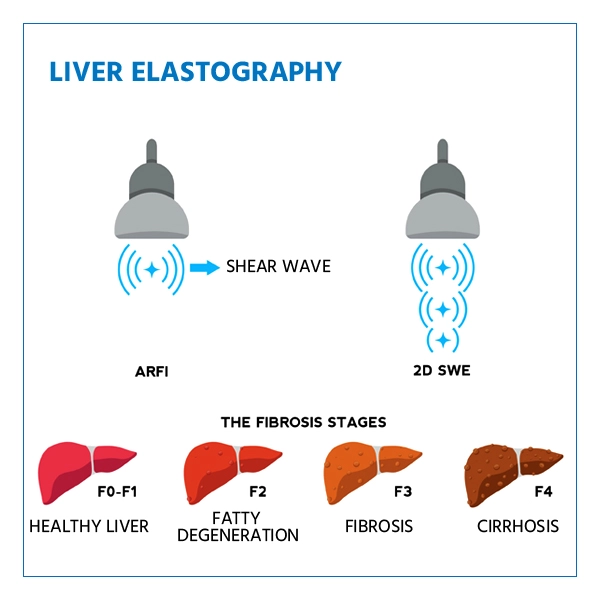A unit of Bharat Uday Mission Chikitsa Seva Samiti. Offers Ultrasound Sonography, Colour Doppler, Elastography, X ray, ECG डबरा का पहला और एक मात्र 3D 4D अल्ट्रासाउंड सेंटर, सभी प्रकार की खून एवम पेशाब/ मूत्र की जांच, Authorised collection centre of Reliable Diagnostics


